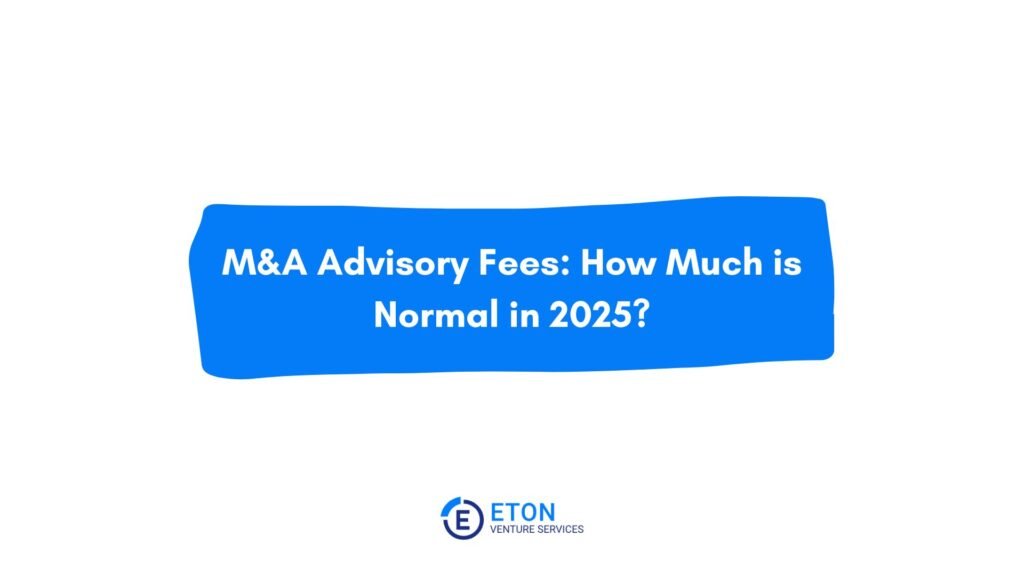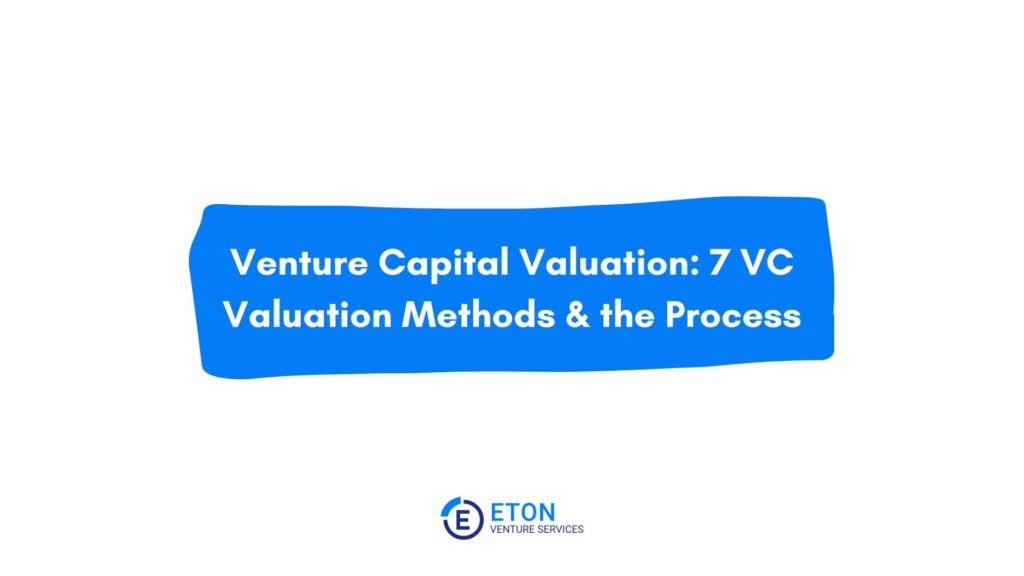This article looks at the intriguing case of Dieckman v. Regency GP LP, C.A. No. 11130-CB, 2019 WL 5576886 (Del. Ch. Oct. 29, 2019), highlighting the role of valuation techniques used by expert witnesses to ascertain damages for the plaintiffs. The case revolved around a unit-for-unit merger where Energy Transfer Partners L.P. (ETP) absorbed Regency Energy Partners LP (Regency) in a deal worth approximately $10 billion, closing in April 2015. Interestingly, both entities were under the control of Energy Transfer Equity, L.P. (ETE) at the time of the merger. This article places significant emphasis on the quantification of damages as presented by the expert witnesses, in a lawsuit where the plaintiffs sought damages of approximately $1.7 billion, alleging breaches of fair and reasonable merger conditions, as well as the implied covenant of good faith and fair dealing
The Plaintiffs’ Claim and Valuation Approach
The plaintiffs sought approximately $1.7 billion in damages, alleging a breach of a provision of the partnership agreement requiring the merger to be fair and reasonable, as well as a breach of the implied covenant of good faith and fair dealing. The latter largely focused on an individual’s appointment to the conflicts committee. Ultimately, the Court ruled in favor of the defendants. This article concentrates on the quantification of damages as presented by the expert witnesses.
The plaintiffs’ expert opined that damages to the class were $1.7 billion by comparing: (1) the value of a Regency unit as of the merger close date based on a discounted cash flow analysis using a dividend discount model (DDM) to (2) the value of the merger consideration using ETP’s closing stock price. The Court described this damages analysis as a “give-get” analysis premised on an “apples-to-oranges comparison” of the units that were exchanged in the merger; the “give” (Regency units) is calculated based on a DDM valuation model, and the “get” (ETP units) is calculated based on market price. The Court noted that the plaintiffs’ expert did not “provide any authority from finance literature to support his methodology of comparing a DDM-derived value to a market value to determine monetary damages rather than making a DDM-to-DDM or market-to-market comparison.”
Defendants’ Response and Valuation Methodologies
In contrast, the defendants’ expert presented multiple apples-to-apples methodologies, i.e., one market-to-market analysis and two variations of a DDM-to-DDM analysis. The Court opined that “every apples-to-apples comparison…demonstrated that members of the class suffered no damages.”
The plaintiffs argued that the DDM-to-market comparison in their expert’s damages model was a valid valuation methodology on the theory that ETE had a “financial incentive to favor ETP over Regency,” which “caused Regency’s unit price to suffer a valuation overhang.” The Court, however, opined that “[g]iven the lack of any empirical support for drawing a distinction between Regency and ETP based on a valuation overhang theory, [the plaintiffs’ expert’s] use of a DDM-to-market comparison is illogical and at odds with well-established Delaware precedent, rejecting similar attempts to utilize apples-to-oranges comparisons to justify damages in actions challenging the fairness of stock-for-stock mergers.”
Court’s Conclusion and the Importance of Reliable Valuation Techniques
The Court concluded that the plaintiffs’ expert “failed to provide a valid rationale for valuing the merger consideration based on DDM-to-market comparison and that [the plaintiffs’ expert’s] damages analysis is unreliable and is accorded no weight because it illogically ‘attempts to equate two different standards of value.'”
The plaintiffs presented an alternative damages theory for the first time in post-trial briefings (the “Dilution Analysis”). The theory began with a calculation presented by the plaintiffs’ industry expert at trial that “quantified the amount of Regency’s cash flows defendants diverted through the merger to ETE,” which “diluted the distributions to Regency unitholders.” The plaintiffs discounted the cash flows to present value using the cost of equity presented by the defendants’ expert at trial, resulting in an updated alleged damages totaling between approximately $338 million and $340 million.
However, the Court acknowledged that this Dilution Analysis was not fairly raised and suffered from two obvious deficiencies that convinced the Court it was unreliable and must be rejected.
The first deficiency was that the plaintiffs’ Dilution Analysis failed to account for the differing manner in which the two companies were impacted by the historic decline in energy prices, due to the nature of their businesses, their respective sensitivity to commodity prices, and their respective financial strength. The DDM-to-DDM comparison performed by the defendants’ expert showed that, when accounting for this risk, zero damages were incurred.
Second, the plaintiffs did not consider other benefits the unitholders received from the merger. In particular, the Dilution Analysis did not take into account the premium achieved based on the unaffected unit prices as of the announcement date of the merger, which substantially exceeded the damages that the plaintiffs projected.
Addressing the Complexities of M&A Valuation in Legal Disputes
In light of these deficiencies in the plaintiffs’ expert’s valuation methodologies and their alternative Dilution Analysis, the Court ruled in favor of the defendants and awarded no damages. This case serves as a reminder to valuation professionals and lawyers alike of the importance of using appropriate and well-founded valuation methodologies when quantifying damages in merger disputes. Furthermore, it underscores the necessity of presenting these methodologies at the appropriate stages of litigation and ensuring that they are adequately supported by empirical evidence and finance literature.
In conclusion, this case highlights the significance of utilizing accurate and well-established valuation methodologies, as well as being transparent and consistent in presenting these methodologies throughout the litigation process. It serves as a critical reminder for lawyers, finance and valuation professionals to carefully scrutinize and select the most appropriate methods for evaluating damages in complex merger disputes.
How can Eton help?
Navigating the complexities of business valuation can be challenging, particularly in the context of mergers and acquisitions. Our expert team at Eton Venture Services provides detailed, factual, and insightful valuation services to support your legal, financial, and strategic decision-making needs. With our extensive experience in the industry, we are well-equipped to provide accurate and reliable valuations that stand up to scrutiny.
Join the industry leaders who have already benefited from Eton’s outstanding client service and valuation expertise. Allow our team to guide you through the complexities of M&A valuation and transactional disputes to safeguard your interests and make informed decisions. Contact Eton Venture Services today.








